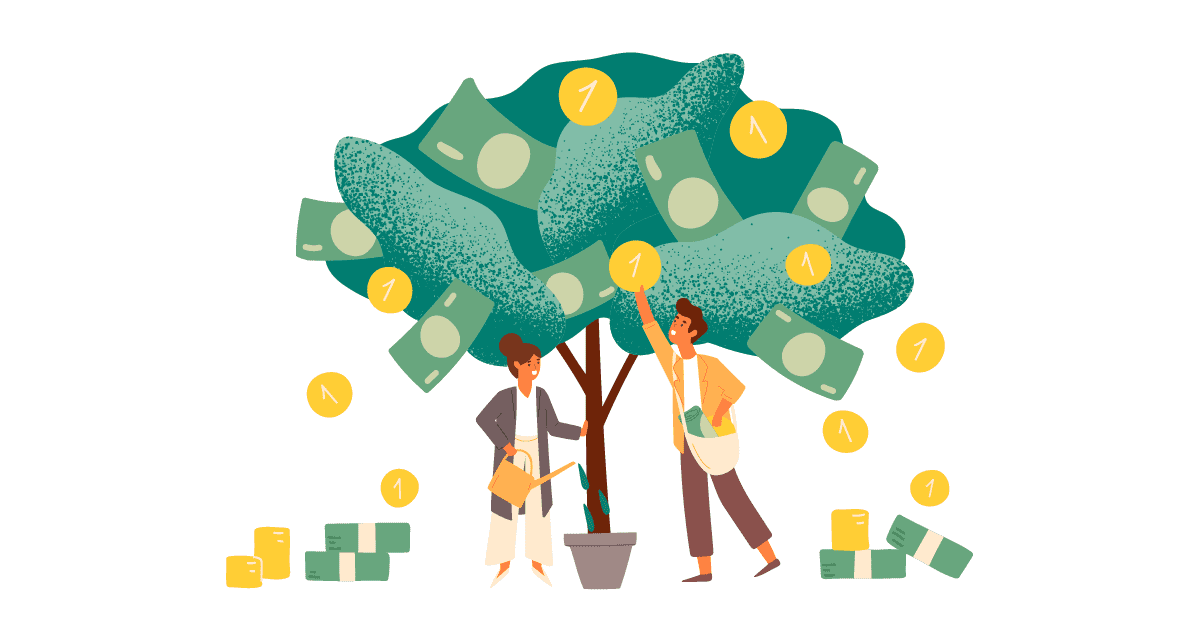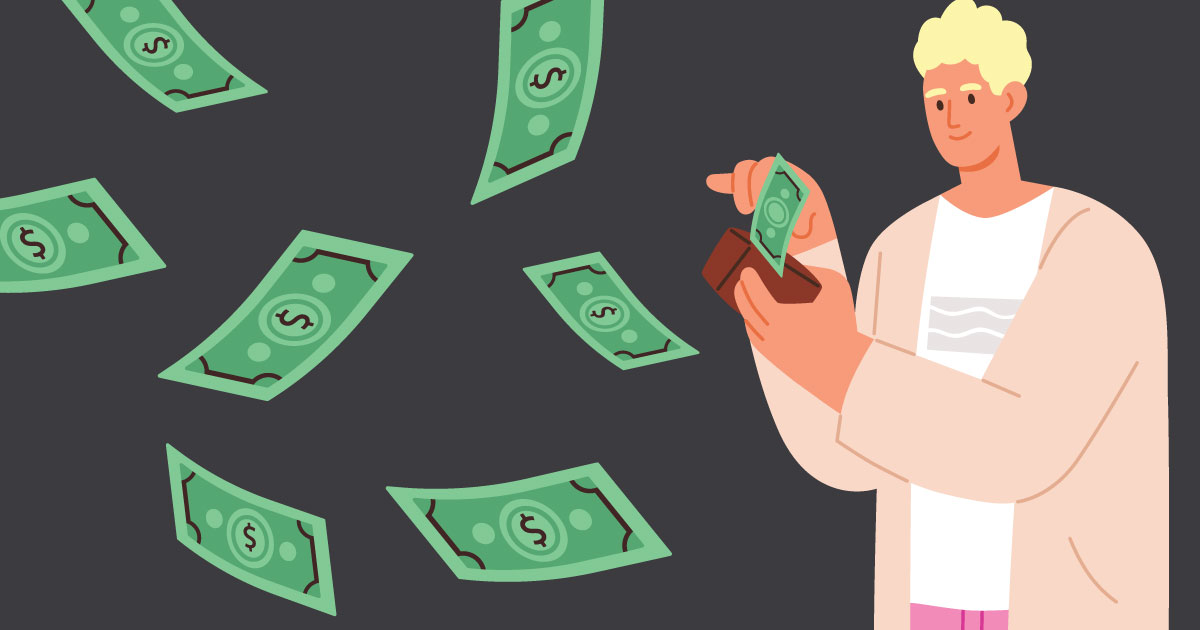- Guest Contributor
- June 1, 2021
The simple definition of annual percentage rate (APR) is the amount of money it costs you to borrow money. The higher the the rate, the more interest you will pay over the life of the loan. APR includes not only the interest on a loan, but its finance charges as well. The simplest way to reduce your finance charges is by paying more than the minimum amount due each month and/or paying your loan off early.
You should also be aware that two types of annual percentage rates exist: fixed and variable. Here are the differences between the two.
Fixed vs. Variable APR
Lenders set a variable APR according to the prime interest rate, which you can find in the Wall Street Journal. When you apply for credit, you should do so with the understanding that your introductory rate could change several times before you pay the debt in full. Variable APRs are common with revolving credit cards.
A fixed APR is just as it sounds. Your interest rate does not change from the time you take out the loan until you have repaid it. Mortgage loans, car loans, and personal loans are all examples of types of credit that typically come with a fixed annual percentage rate.
Understanding the Difference Between Interest Rate and Annual Percentage Rate with Home Mortgages
By law, mortgage lenders must publish both an interest rate and an APR. Pay close attention to the APR when you shop for a mortgage because it gives you a good idea of additional fees the lender has added onto the interest rate. Sometimes mortgage lenders advertise a low interest rate only to make up for it with a high APR. When the annual percentage rate and interest rate are close to the same, you know that the lender has added minimal fees to the APR.
Federal mortgage lender Freddie Mac conducted a survey of recent home buyers in August 2020. The nationwide average interest rate at that time was 2.91 percent while the average annual percentage rate was 2.99 percent. The .08 percent difference accounts for lender fees such as loan origination and processing.
How Can You Get the Best APR?
Maintaining a good to excellent credit score is the most important thing you can do to keep your finance charges as low as possible. When lenders are willing to accept applicants with poor to mediocre credit, they often cover their risk by charging a higher interest rate and APR. You also want to request quotes from at least three lenders and compare the interest rate, APR, monthly payment, and whether you incur a penalty for paying your loan off early.
Maintaining excellent credit is especially important as a gig worker since gaps in your employment could potentially work against you. A high credit score shows lenders that you manage your money well, even when your income is sporadic.
About the Author: Lisa Kroulik has worked as a freelance content marketing writer for 10 years. She loves the work and the lifestyle it affords. Learn more about Lisa’s work and availability through Writer Access.










